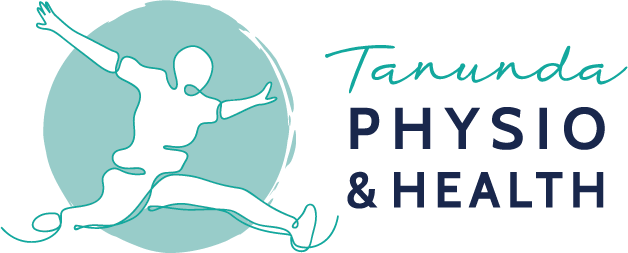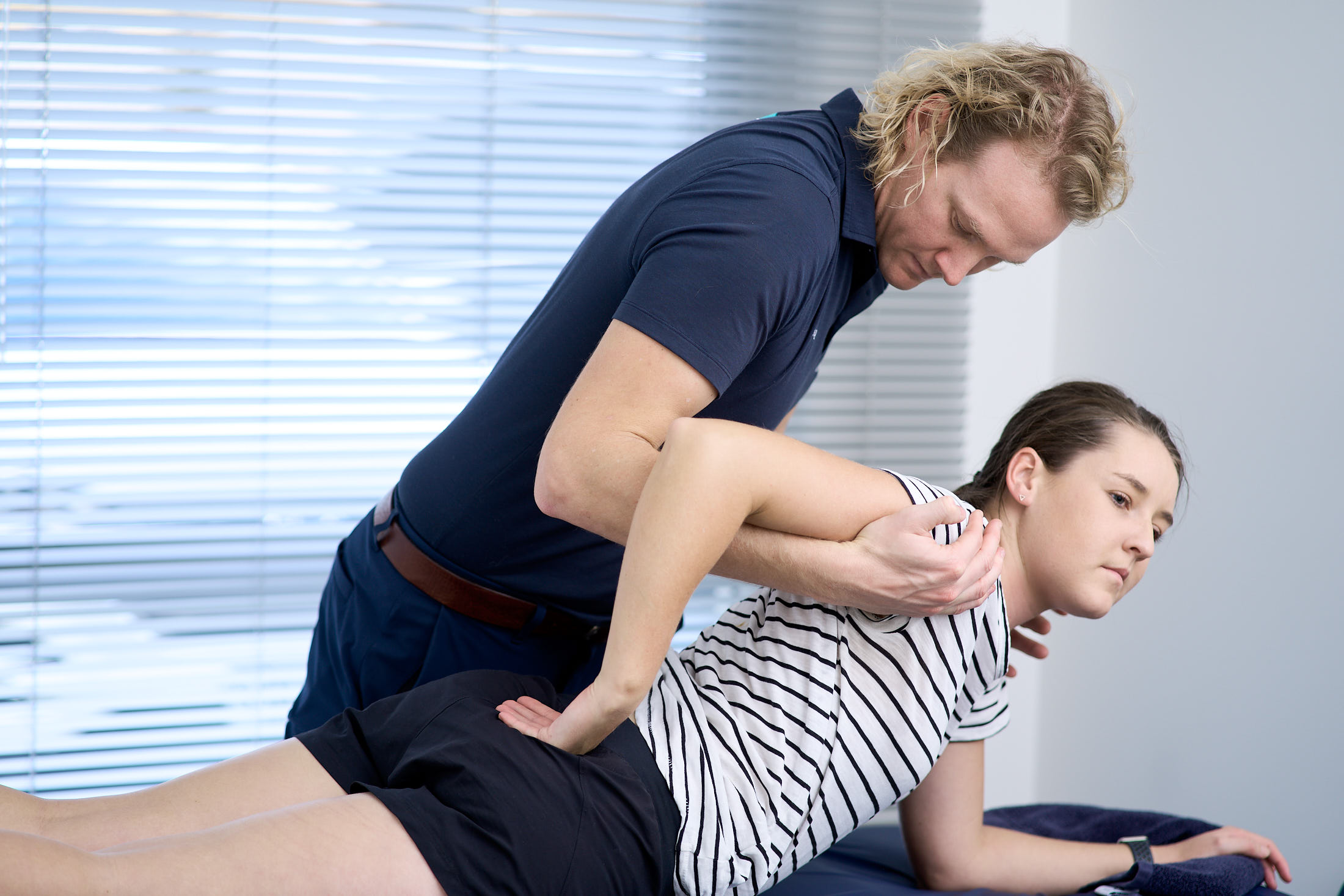I just hurt my back! What can I do?
Anyone who has injured their lower back, knows that when it first happens, it really hurts!
The question is, what can you do right away to help it? Should you just rest it?
Here are some basic tips:
1. Move your back!
It can be very tempting to sit on the couch or lay in bed all day to let it rest, but keeping things moving as much as is comfortable will help things improve quicker.
Try some gentle twisting and bending while sitting, avoiding pushing into any really sore points.
Getting up and walking around the home/office is also great.
2. Avoid being in one position for too long
Backs like to move, and you will find that staying in one position for too long makes it stiff, hard to move (refer to point 1!) and possibly even more sore.
Try to alternate between standing and different sitting positions every 20 minutes or so if possible.
Even if it’s just a brief stand up and stretch while at your desk at work.
3. Heat packs
Applying a heat pack for 20-30 minutes at a time can help to relax muscle tension and spasm, which can make things feel more comfortable and let you move a little easier (refer to point 1…. see a trend?).
If you don’t have a heat pack, a hot shower can help in a pinch.
4. Anti-Inflammatories (off the shelf) and/or Pain Relief
These can help reduce some of the pain and discomfort over the first few days when things are most sore.
Common brands of antiinflammatories are Nurofen, although you can often get a generic version from the chemist.
Paracetamol may also be used as required with good effect.
“Taking the edge off the pain” can help make movement easier so you can more easily follow the advice in the previous steps
(Seek medical advice from your doctor or pharmacist for your own suitability)
5. Come see a Physiotherapist!
Everyone’s sore back will be slightly different. There are a range of things physiotherapy can help with in the early days, such as:
- Finding positions that help relieve your back pain
- Hands on treatment to help give you more movement
- Massage or dry needling to help with muscle spasm
- Taping to unload and protect your back through the day
- Finding the best movements or exercises (Remember point 1!) for you to do at home.
Remember though, this is all just general advice.
If you are suffering from low back pain, contact us now so we can help you get back to enjoying the things you love sooner and to stay that way!




